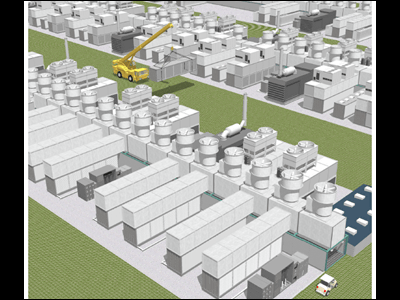Is it true that 'introducing an air purifier into the classroom raises the test'?

by
A surprising study published in January 2020 states that 'school students who have introduced air purifiers have improved their performance.' Andrew German, a statistician at Columbia University 's Center for Applied Statistics, explains the work.
No, I don't think that this study offers good evidence that installing air filters in classrooms has surprisingly large educational benefits. «Statistical Modeling, Causal Inference, and Social Science
https://statmodeling.stat.columbia.edu/2020/01/09/no-i-dont-think-that-this-study-offers-good-evidence-that-installing-air-filters-in-classrooms- has-surprisingly-large-educational-benefits /
A gas leak occurred at a natural gas storage facility in San Fernando Valley , California on October 23, 2015. The turmoil caused air purifiers to be installed in all school classrooms within 5 miles of the leaked facility.

by
Michael Gillane, a professor of economics at New York University , studied the performance of students attending schools equipped with air purifiers and published a paper entitled ' Air Filters, Pollution and Student Achievement ' in January 2020. According to Gillane in a dissertation, `` Using a discontinuous regression design to analyze the performance data of students in schools that have introduced air purifiers, the achievements have improved significantly, and math and English performance has improved. 'Installing an air purifier is a very cost-effective way to improve student performance.'
Mr. Gillane's presentation became a big topic as Vox of the international media took up the contents of this paper.
However, in response to the paper, Prof. Gelman wrote on his blog, 'I clicked on the link to the paper, but I can't believe it. I have no idea what the relationship between air pollution and the brain is. Did not significantly improve the performance of the test, and it does not seem that the study in question provided the basis for the claim. '
The following is a graph showing the transition of grades in mathematics (top) and English (bottom). The vertical axis shows the change in standard deviation of grades, and the horizontal axis shows the distance from the facility where the gas leak occurred to the school.

However, Professor Gelman said, `` When you remove straight lines and curves from the graph and see the test scores and school-to-school variability, there is nothing surprising, '' and because of the small sample size, this data analysis He pointed out that we could not draw enough conclusions.
`` It's not meaningful given the context of the problem we're dealing with, '' says Dr. Gelman, describing the analysis of the data in a discontinuous regression design. It is not that the conclusion that the results improved is wrong, 'but that' the analysis presented is not a basis for showing that claim. '
Dr. Gelman said that the Vox article dealing with this paper was misleading, `` Just because a little research did not yield any results, there is no reason to stop the research But if you use that little research in an article, you should note that it didn't actually work. '
Related Posts:
in Science, Posted by log1i_yk







